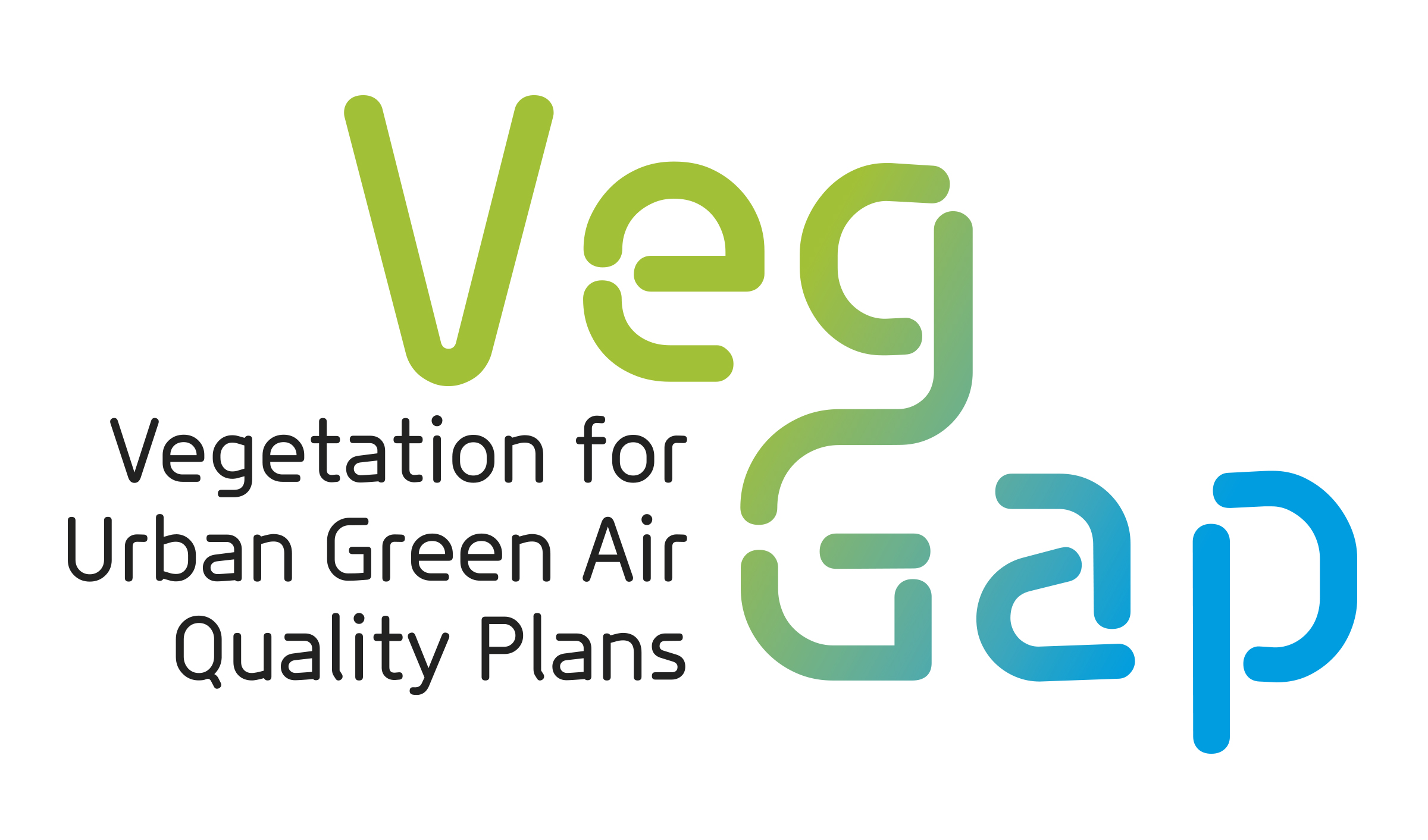Perhaps not everyone knows that plants stand among the countless things that Leonardo Da Vinci investigated during his extraordinary existence. In order to shed light on this little-known area of the Florentine Genius, precisely during the Leonardo’s celebrations year, it was recently inaugurated in Florence an exhibition dedicated to his studies and insights regarding forms and structures of the plant world: “La Botanica di Leonardo”. A Journey through original sheets, natural elements and interactive installations, which becomes an opportunity to reflect upon scientific evolution and environmental sustainability.
The exhibition, located in the monumental complex of Santa Maria Novella, inside the evocative spaces of the Dormitory and the Great Cloister, explores Leonardo's "universal" scientific thought, so full of implications that forces us contemporaries to completely rethink the relationship between man and nature.
On display are original sheets, interactive installations and real plants, which create an exciting journey through the insights and innovations of a "systemic” view, able to combine art and science, and to look at life and nature (human being included) as a unique entity in which everything is connected and everything is in motion.
The exhibition illustrates and explores Leonardo’s botanical findings, often unknown (raise your hand if you know that he was the one who understood the link between rings on a tree and its age), and leads through the extraordinary sequence of his drawings depicting details, leaves and plants. The exhibition opens at the majestic Great Cloister with the five monumental regular polyhedra, designed by Leonardo as compendium of Luca Pacioli's "De Divina Proportione", which symbolize harmony and formal perfection as much as the complexity and mystery of the world. These come alongside with a selection of real plants, which have been chosen according to Leonardo’s writings. The exhibition continues with a magical immersion in trees, leaves and twines that evoke a play between real and virtual. Here the studies on dendrochronology become the occasion, following the tree rings, to live the history of humanity and its great events; the studies on phototropism or geotropism offer the amazing opportunity to see live how nature adapts itself and relates to the environment. Within a tree, phyllotaxis rules and the constancy of flows theory (not by chance it is called "Leonardo’s Principle") turn into dynamic installations, which explain parameters better than a lot of words. The exploration inside Leonardo’s botanical world continues: the wonderful botanical details included in his famous paintings - so realistic that they can be called "plant portraits" - are able to trigger a journey back into the origin of the used plant pigments.
The curators of the exhibition are Stefano Mancuso, one of the world's foremost authorities in the field of plant neurobiology; Fritjof Capra, physicist and systems theorist and scholar of Leonardo da Vinci; and Valentino Mercati, founder and president of Aboca.
The exhibition, which will remain open until December 15th 2019, also offers other ways to learn about Leonardo, such as the Leonardo Botanical Walks around Florence with Aboca botanists looking for those “Leonardo’s plants” that still grow and resist between concrete and asphalt, as well as teaching laboratory introducing children to the soul of a great experimenter.
“La Botanica di Leonardo” becomes a privileged observation point in order to open yourself to a contemporary discourse on scientific evolution and ecological sustainability.
All information on www.labotanicadileonardo.it.


